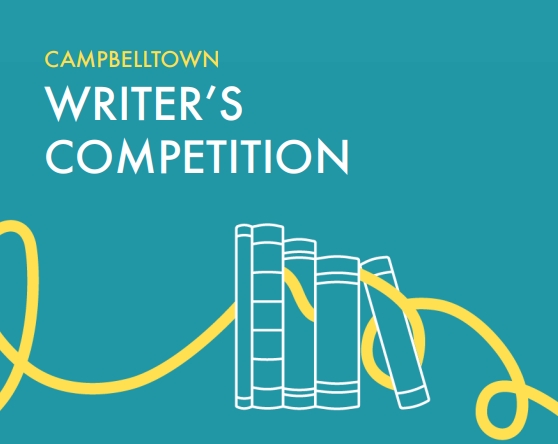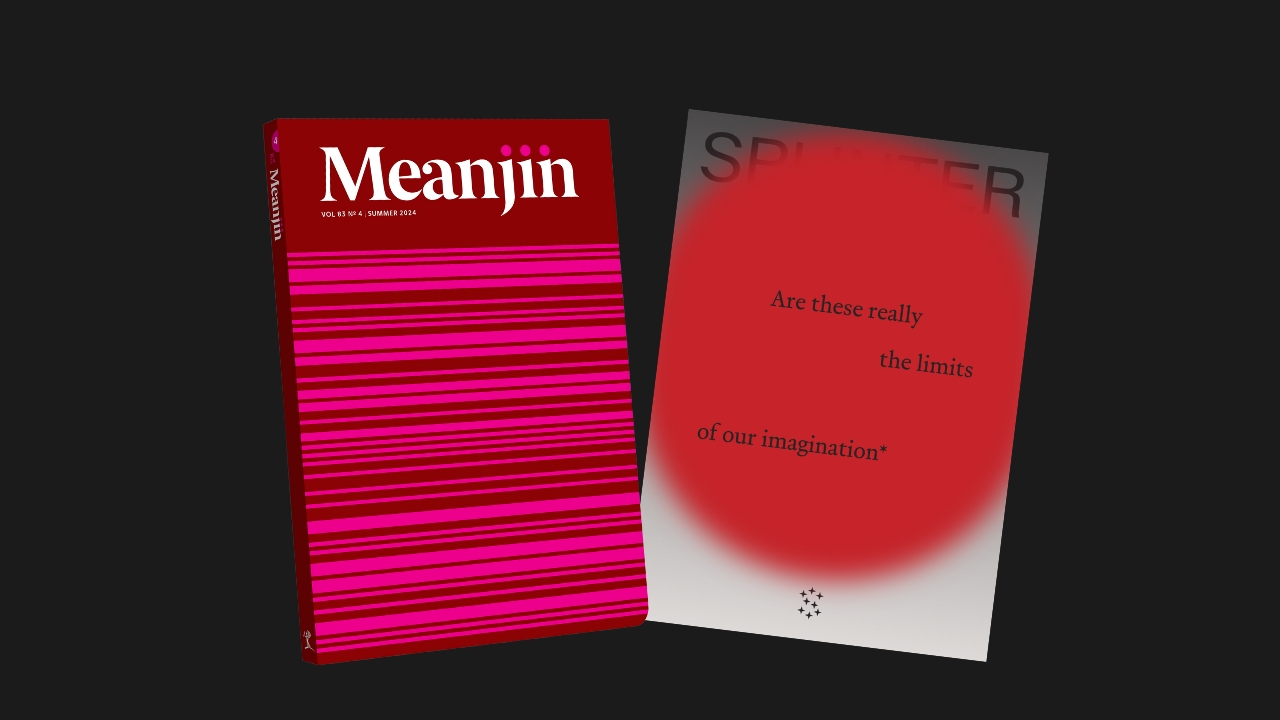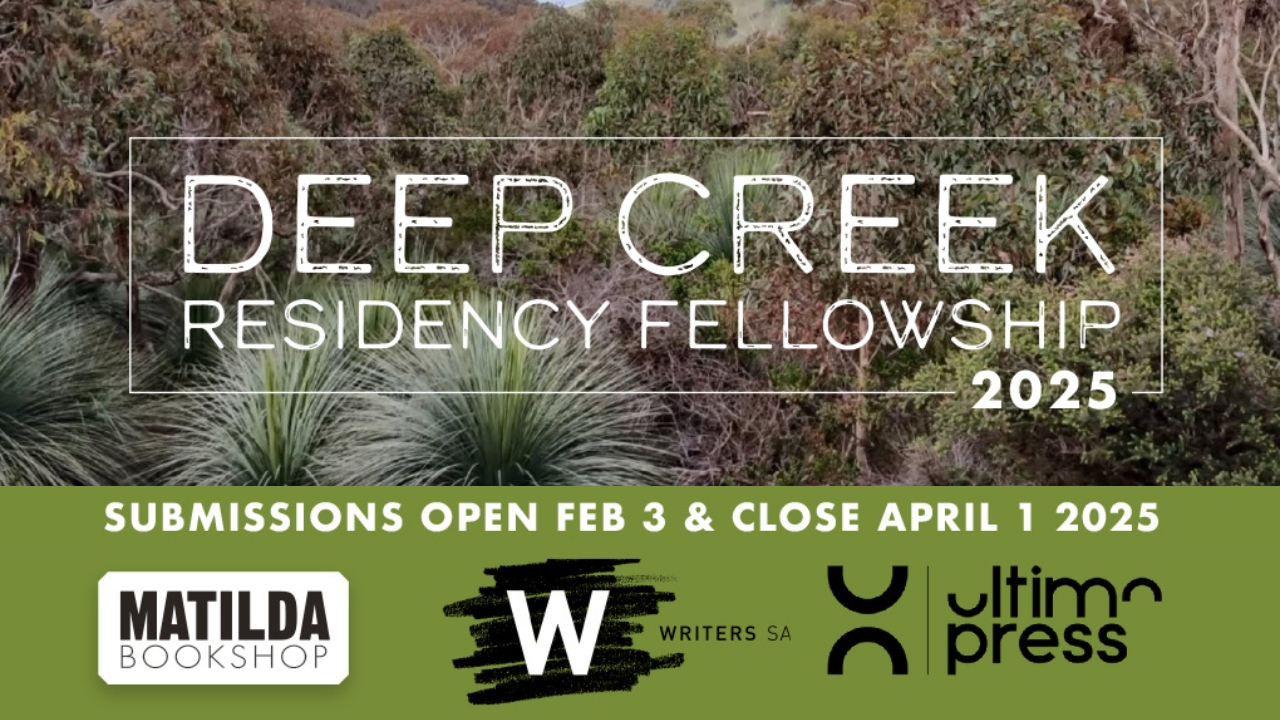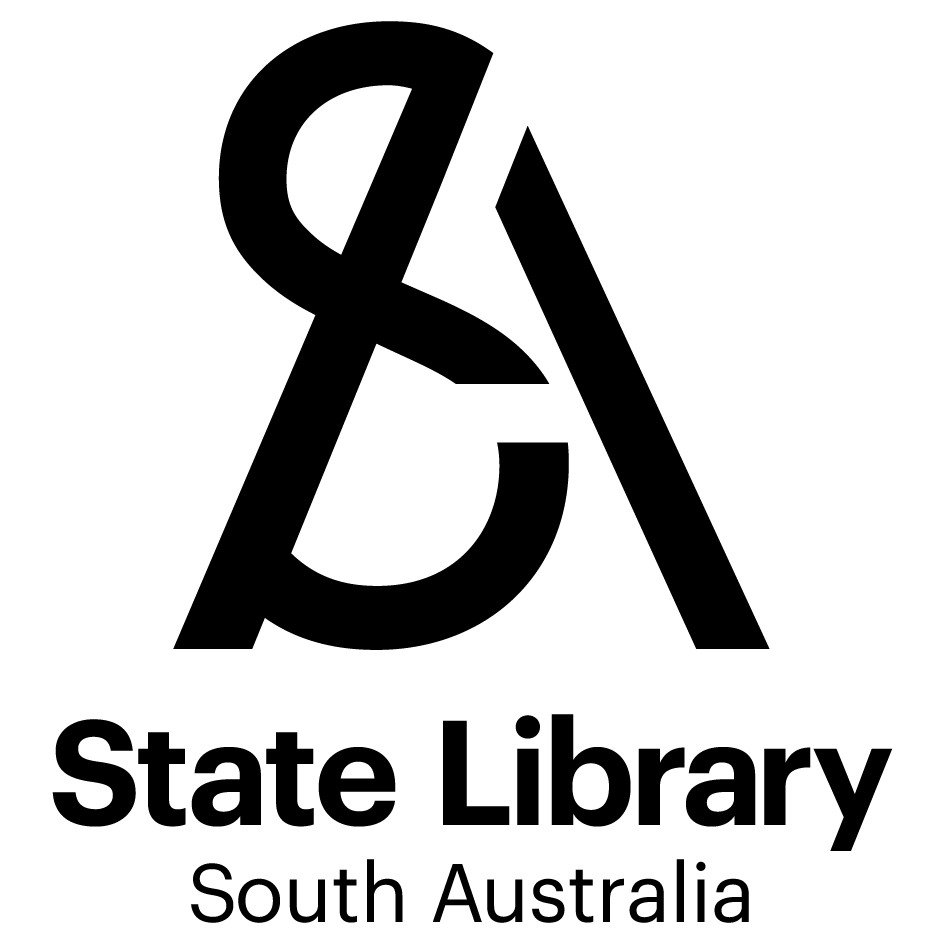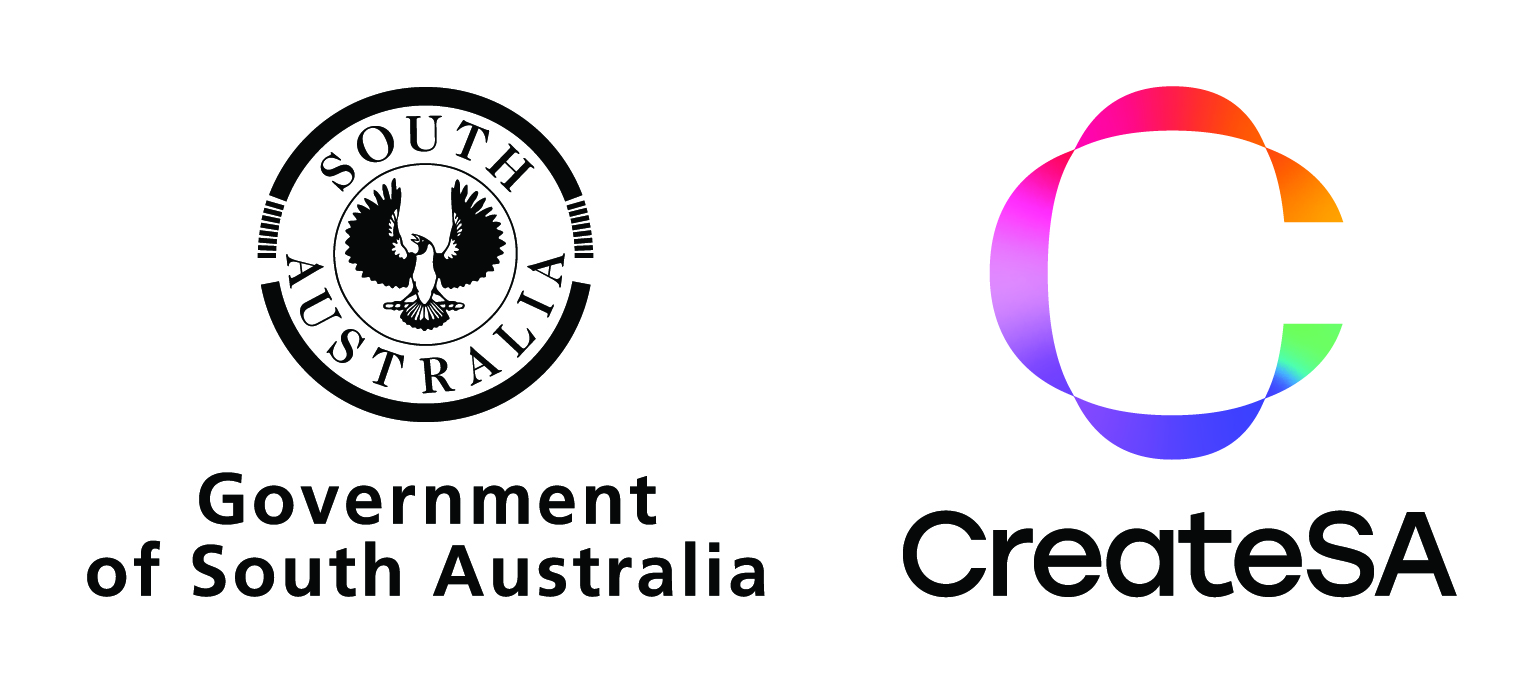You might be asking why I think this is important enough for an entire blog post but in order to manage your own expectations in the world of print publishing, you need to know a little something about word counts.
If you’re intending to self-publish, most of the following doesn’t apply to you because you can print just about anything, but do read on. If you’re intending to query publishers or agents, you need to know if you’re wasting your time and their time by submitting something that could well fall short of their brief. I also think it’s good to know this stuff during the writing and redrafting phases.
Adult fiction and non-fiction, with the exception of collections, poetry and fantasy, should fall around 80,000 words if you’re wanting a print contract with a major publisher. Is 70k a deal breaker? Probably not, but you sweated over that book already and did eleventy million drafts, where are you going to pull from if they want it up and over 80k? Once you hit 120k, the publisher starts to sweat. The print costs go up, you can get less copies on the shelf, etc. In my experience it is easier to cut words than add them.
If you’re writing some form of fantasy or saga and it’s set on a make-believe world, you can likely get away with larger word counts (up to 150k) but I can count on one hand the publishers who will handle that well here in Australia. You might be better off looking for representation overseas or splitting the books into smaller chunks or volumes.
For novellas, collections and poetry, almost anything goes. Hopefully the publishers have guidelines on their websites and if you are looking to shop something shorter, check out the smaller publishers or family-run publishers who don’t have as many keepers at their gates.
In commercial fiction, romance and women’s fiction, you can hit anywhere from 50k (Mills and Boon lines romance only) to around 100k for a single title.
Cosy fiction can be shorter than crime or thriller but check out your local book store’s shelves to get a bit of an idea of length and who’s publishing them in print.
What does this all mean in relation to agents?
Agents want to get you the best deal they can because they profit when you do. Being that Australia has a short supply of agents and those agents have a stable of authors and only a couple dozen local publishers, they’re always going to want to put their best work forward and that work needs to fall inside of the publisher’s boundaries. If your book comes in far below an acceptable word count, the agent is likely to reject it immediately and you’re not going to know if it was the content or something else that turned them off. They might not even get to your pages.
If you absolutely cannot lift the word count, don’t despair! There’s still epublishing to consider and you don’t need an agent to submit to digital only or digital first publishers. You can also self-publish. I bet you’ve noticed some popular authors starting to self-publish shorter works alongside their traditional books.
Sometimes we might discard a piece of work because it doesn’t fit a traditional mould or our current goals, but a good story will find a home eventually and no words are ever wasted so pop it in a drawer for a few months (like a brewing process) and start the next piece with your ideal word count in mind.
Short story – up to 10k
Novella – 10k to 40k
Category length and ebook (like Mills and Boon) – 45k-55k
Single title – 80k-100k (120k as the upper limit)
(children’s, middle grade and graphic novels are not included here because those are generally balanced with pictures, illustrations, etc so the word count is more fluid)
Thanks for listening!
Bronwyn.
Operations Manager

